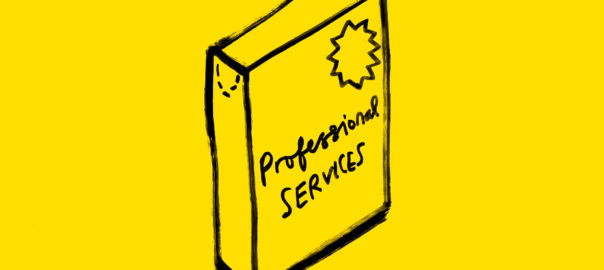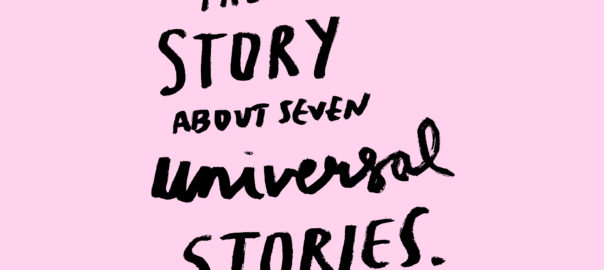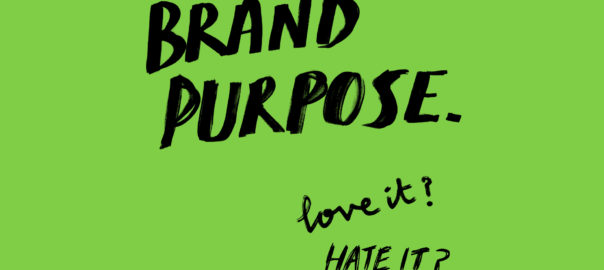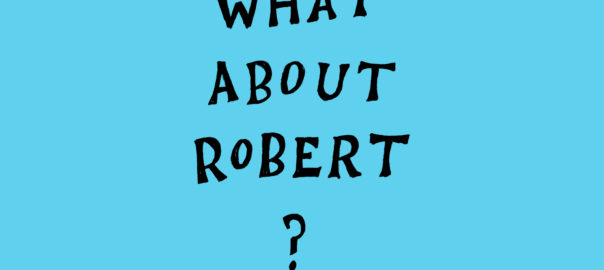Work like you're making a movie
Toy Story 2 is one of the only sequels to outshine the original.
But it was nearly a very different story.
In 1997, Disney executives asked Pixar if they could make Toy Story 2, as a direct-to-video release – not something Pixar were used to.
But a very lucrative model for Disney.
A way to keep characters from successful films alive.
But something didn’t feel right for Pixar.
The creative benchmark for sequels was lower, but they still said yes.
Instantly, they realised that they’d made a big mistake.
Aiming low was unfamiliar territory for Pixar and bad for their souls.
They just couldn’t figure out how to go about it without sacrificing quality.
So while a proven A-team worked on A Bug’s Life, the unproven B-team picked up Toy Story 2.
It didn’t take long for them to realise that a direct-to-video model wasn’t going to work for them.
So they argued for a theatrical release.
And won.
They had a good initial idea for a story, but something wasn’t working.
The early storyboards edited together with dialogue and temporary music weren’t where they should’ve been.
And they weren’t improving.
Worse still, the directors and producers weren’t pulling together.
Months passed, but the reels were still bad.
Finally, with A Bug’s Life completed, the directors – including John Lasseter – had the time to sit down and watch them.
Emerging from the screening room, John summarised: “Disaster.”
Having insisted on rejecting the idea of a B-level product, they were making just that.
Drastic action was required to avert a crisis.
John told everyone to get some rest over the holidays.
And starting 2 January, they began to re-storyboard the entire movie.
A clear message was sent out to the company that to right the ship they’d need all hands on deck.
With a new leadership team at the helm, they set about solving the challenges.
The problem wasn’t the original concept, but convincing the audience that Woody had a genuine dilemma.
Woody the cowboy doll is kidnapped by a toy collector who intends to ship him to a toy museum in Japan.
Woody has to decide whether to go to Japan or try to escape and go back to Andy, the boy who owned him.
You know he’s going to end up back with Andy.
But if you can easily predict what’s going to happen, you don’t have any drama.
So the challenge was to get the audience to believe that Woody might make a different choice.
Something the B-team hadn’t managed to figure out .
So they added several elements to show the fears that toys might have.
Ones that people could relate to.
And Toy Story 2 became a critical and commercial success.
It was the defining moment for Pixar.
It taught them a valuable lesson about the importance of people over ideas:
If you give a good idea to a mediocre team, they will screw it up; if you give a mediocre idea to a great team, they will either fix it or throw it away and come up with something that works.
To make Toy Story 2 it required people at all levels to support one another.
It’s was all for one, and one for all.
Making any movie is tough.
Everybody needs to pull together towards the common goal.
Everyone totally invested in helping everyone else turn out the best work possible.
Egos are best parked: the cast, crew, producers, writers and director need a shared understanding.
If film-making were a solo pursuit, then no writer would hand their material over to a producer or director again.
We create and build ideas through collaboration – just like making a movie.
Building multidisciplinary teams around the problem; only working with the best in the business.
And clients are integral to its success, as part of that team.
We involve the right people in the process, maximising everyone’s expertise.
And use our strategic and creative direction to keep the story on track throughout the entire process.
— DB







